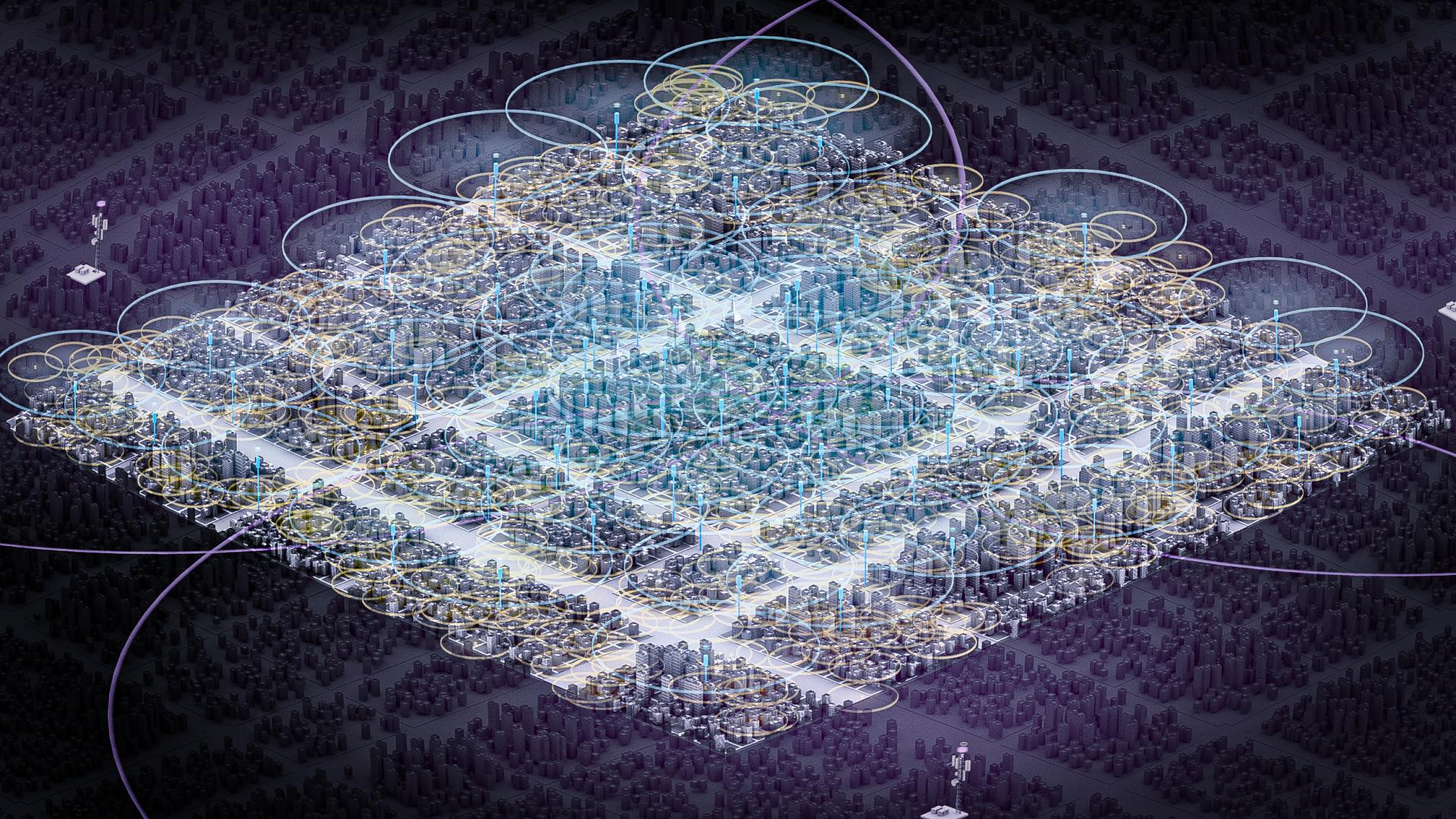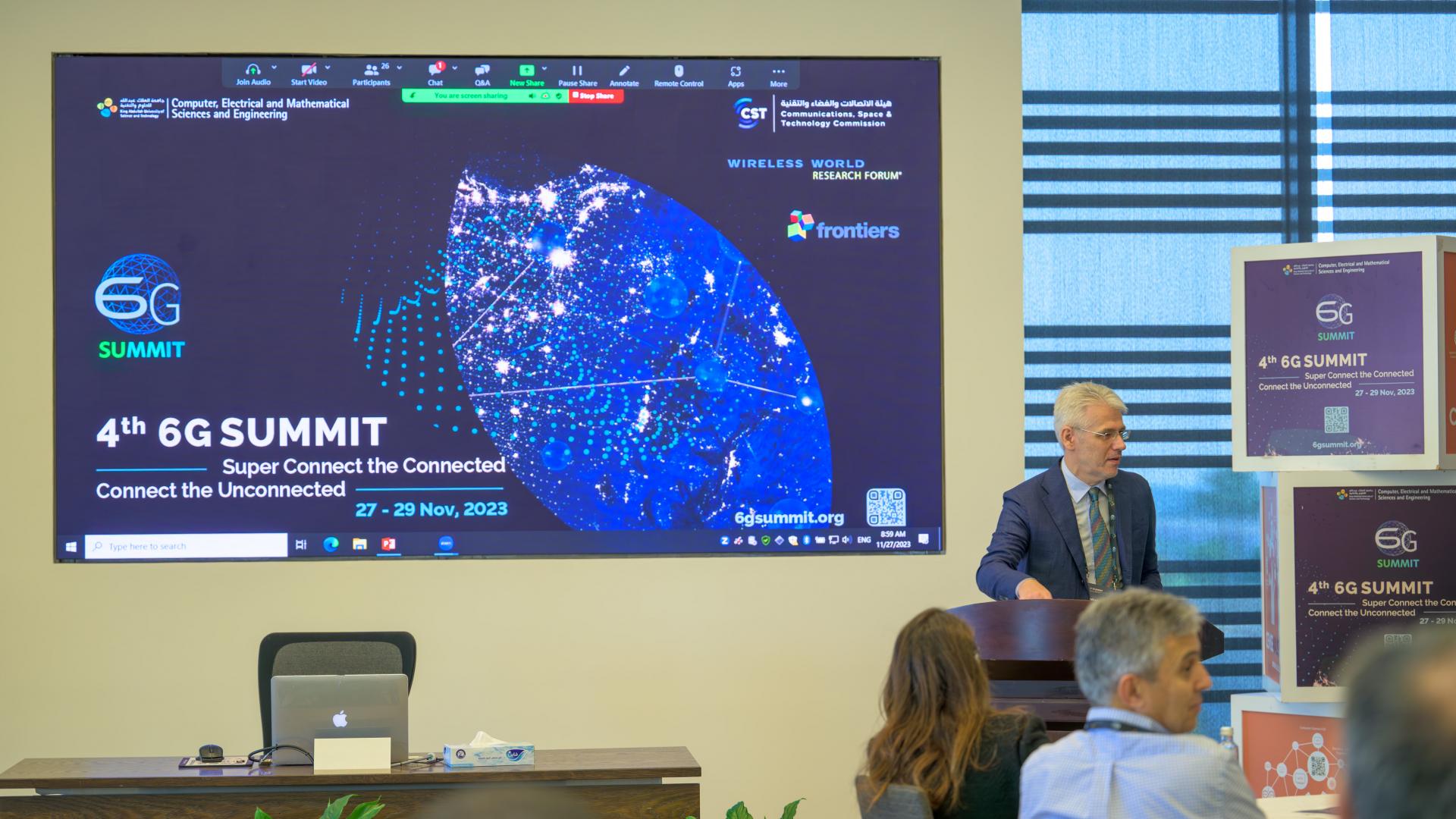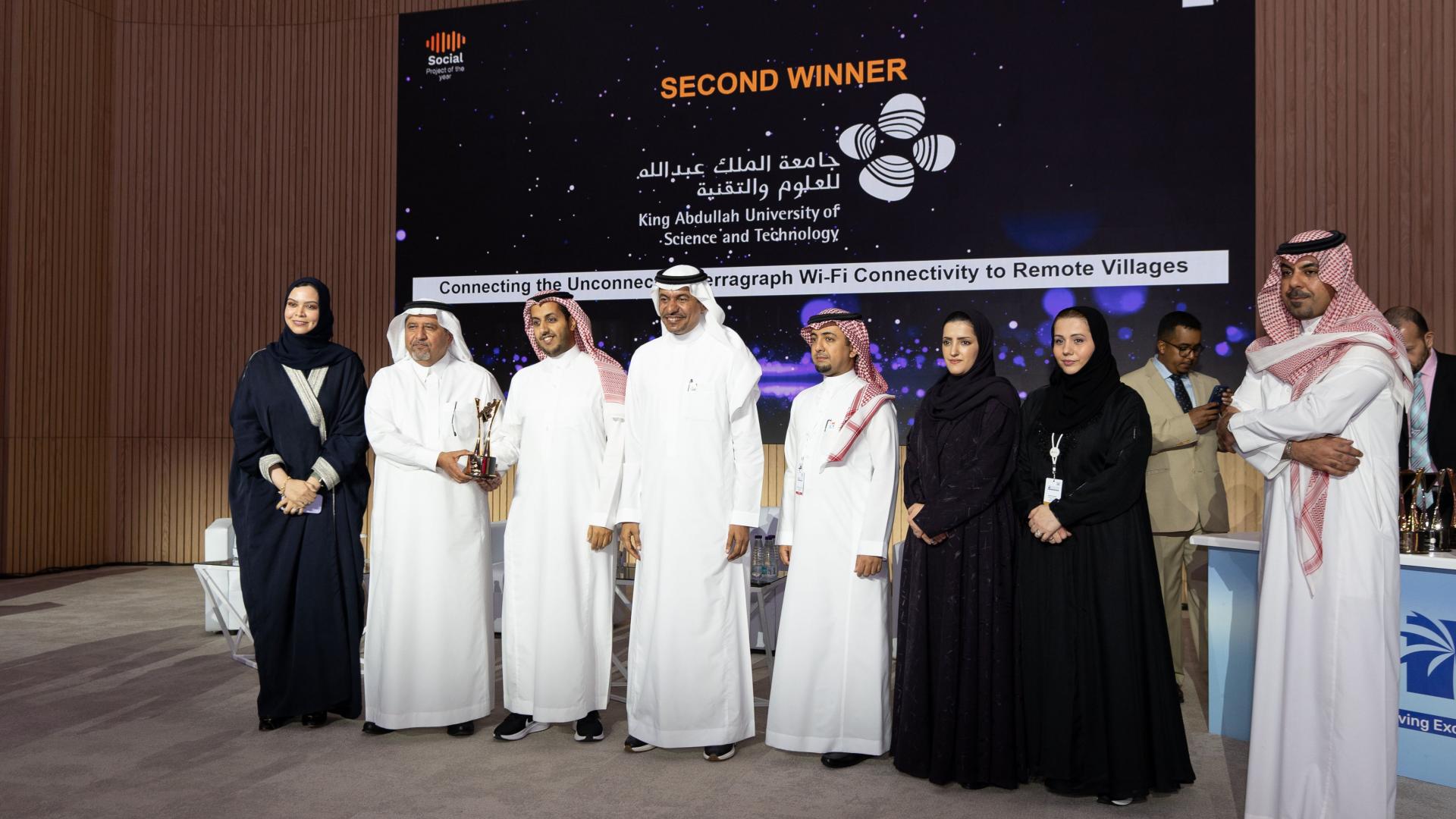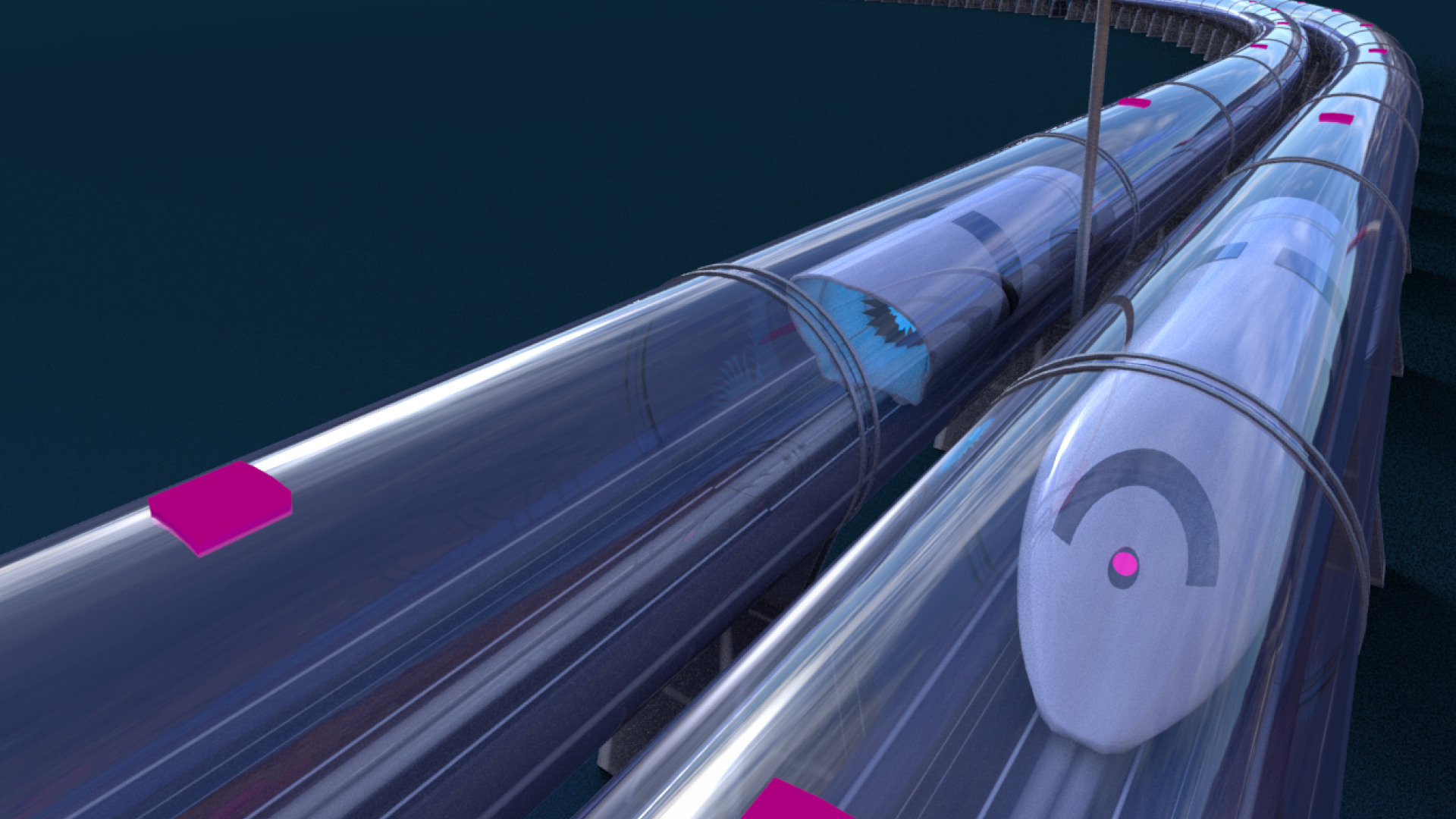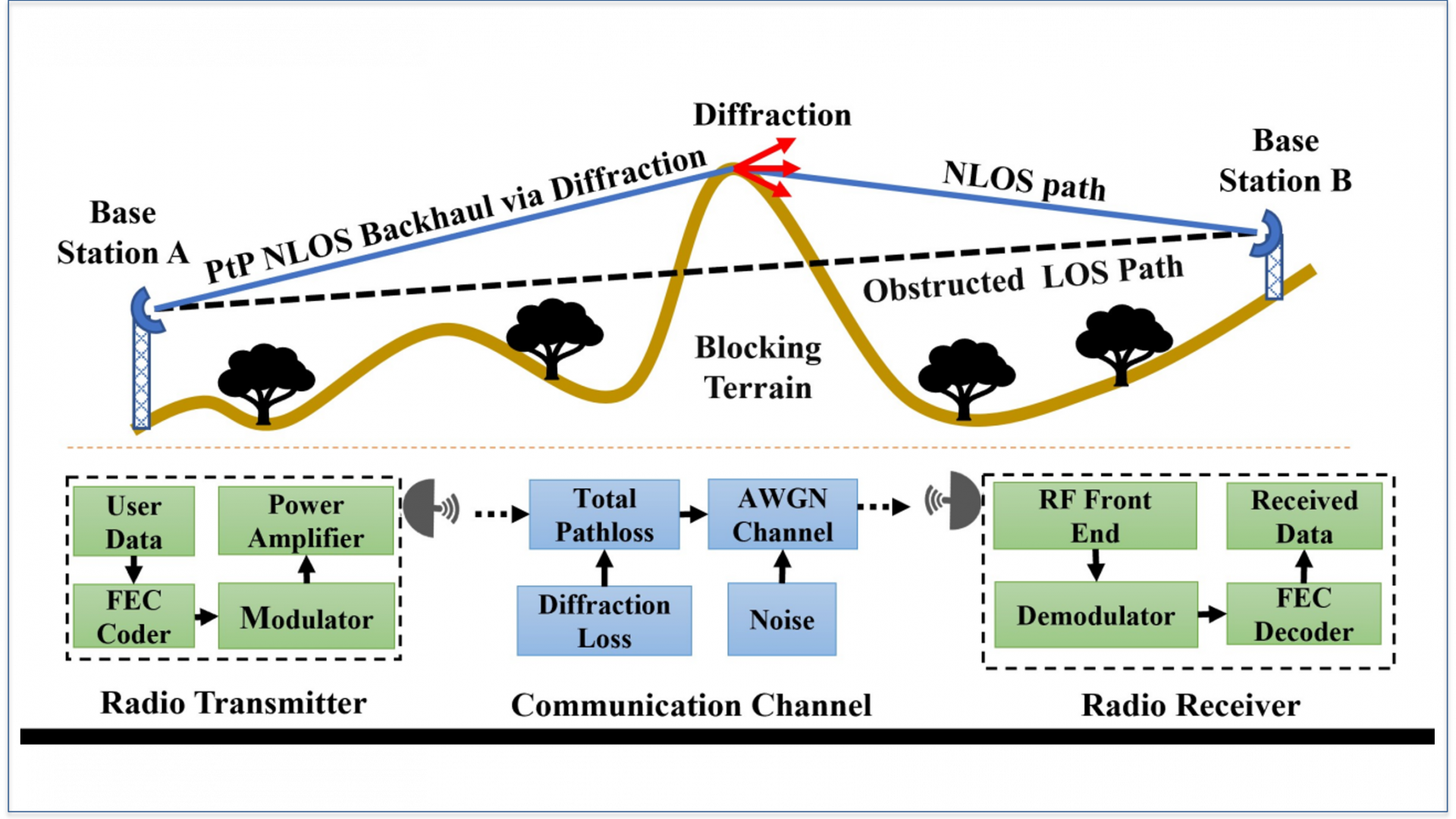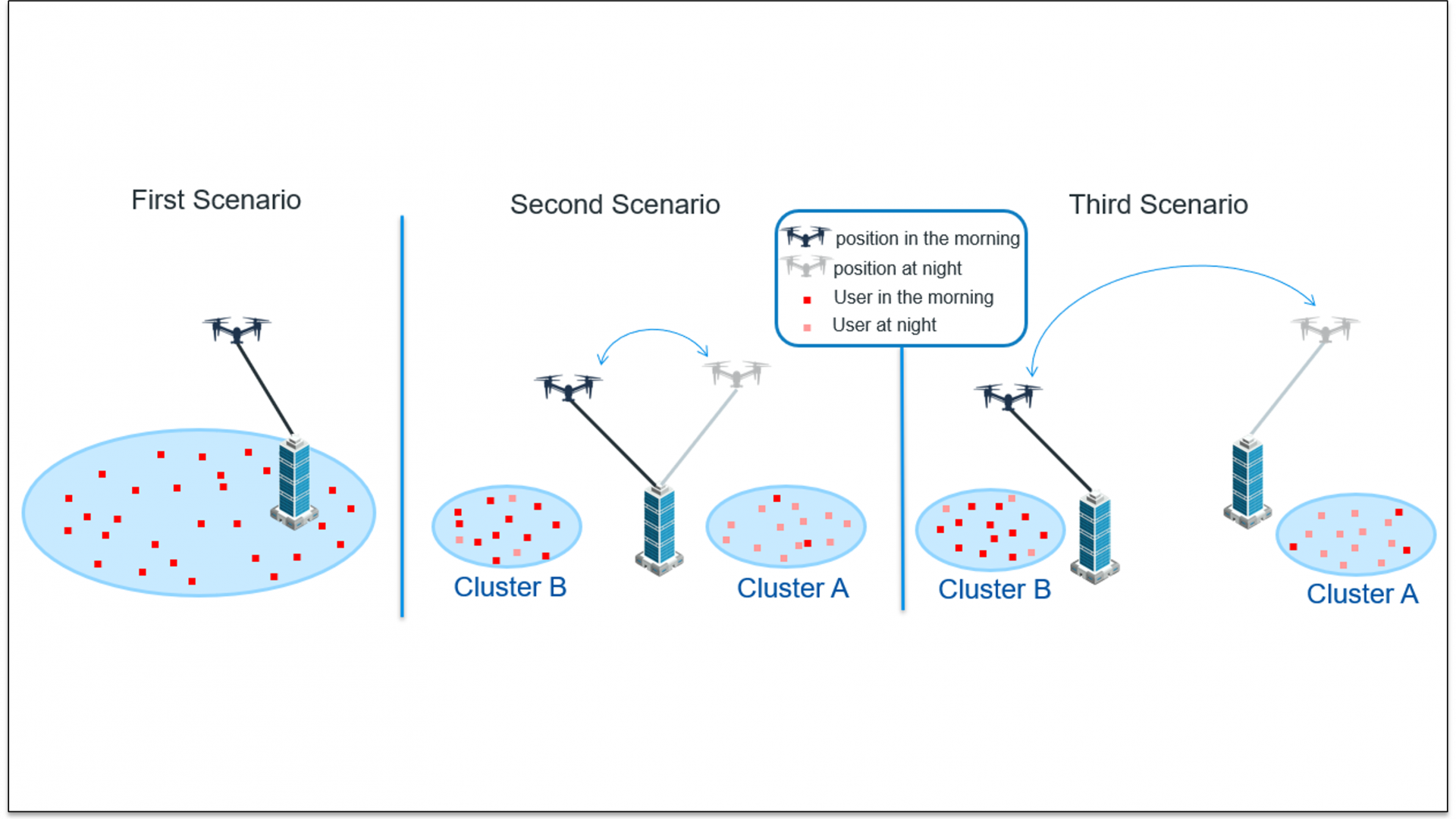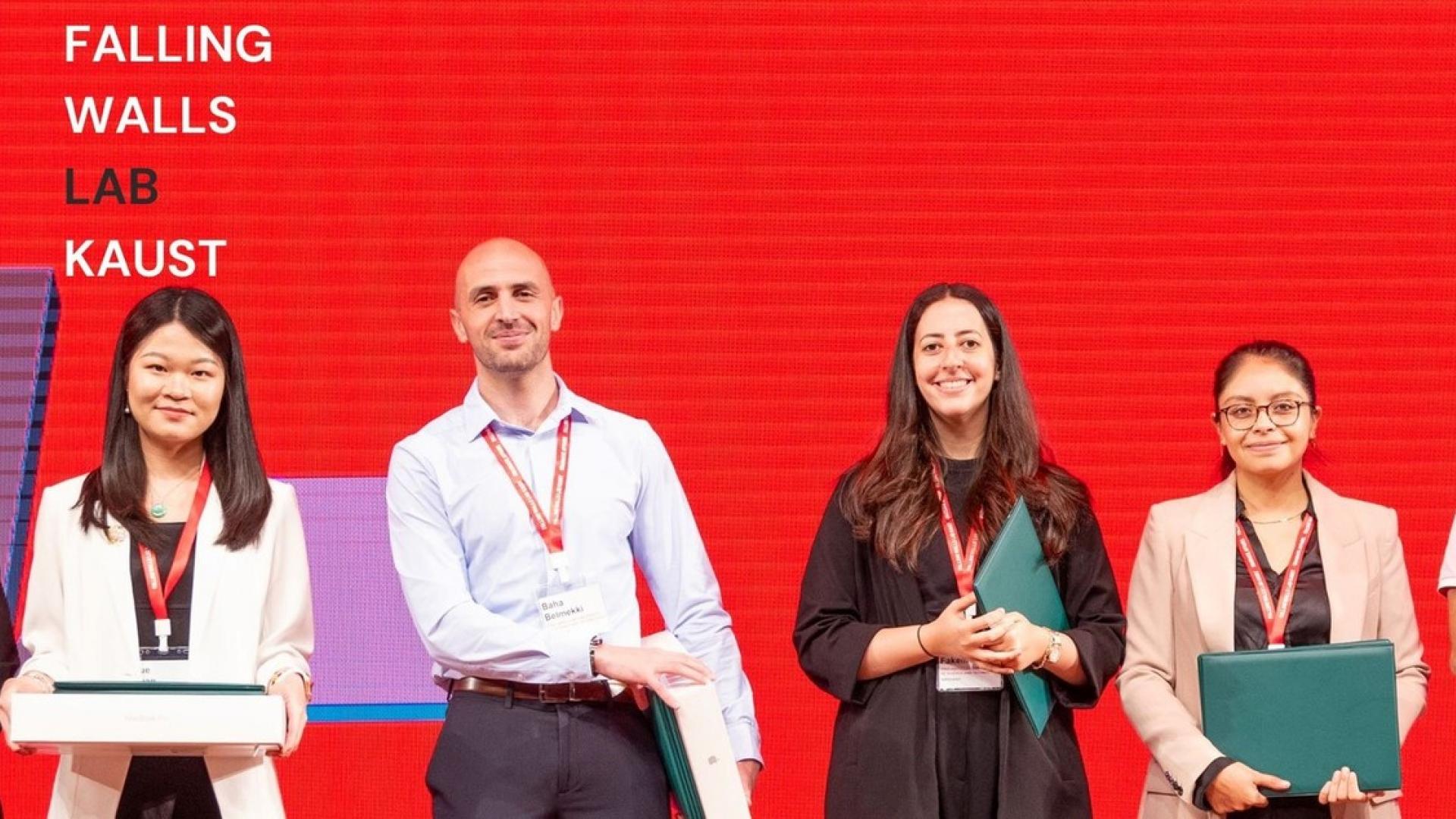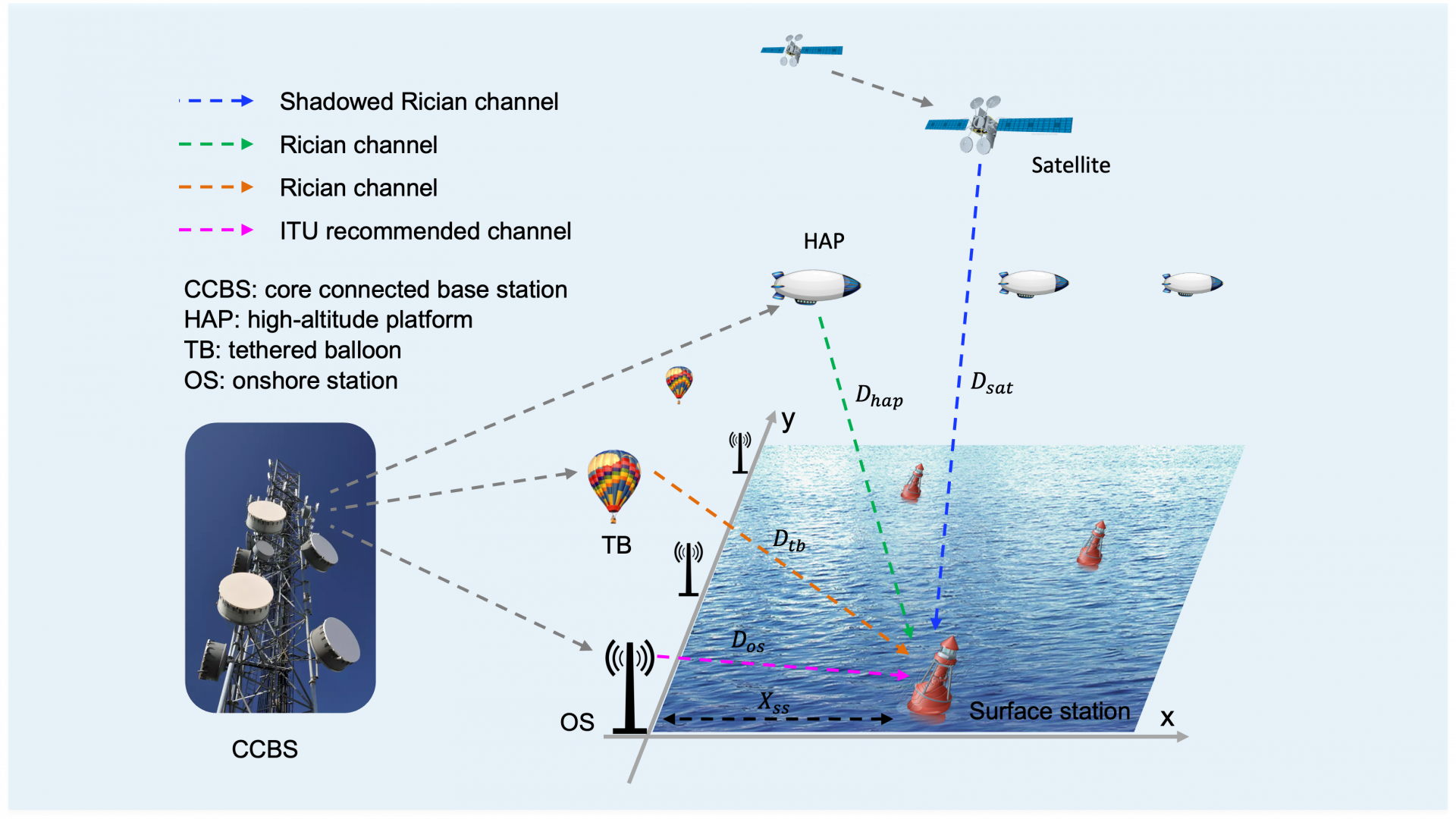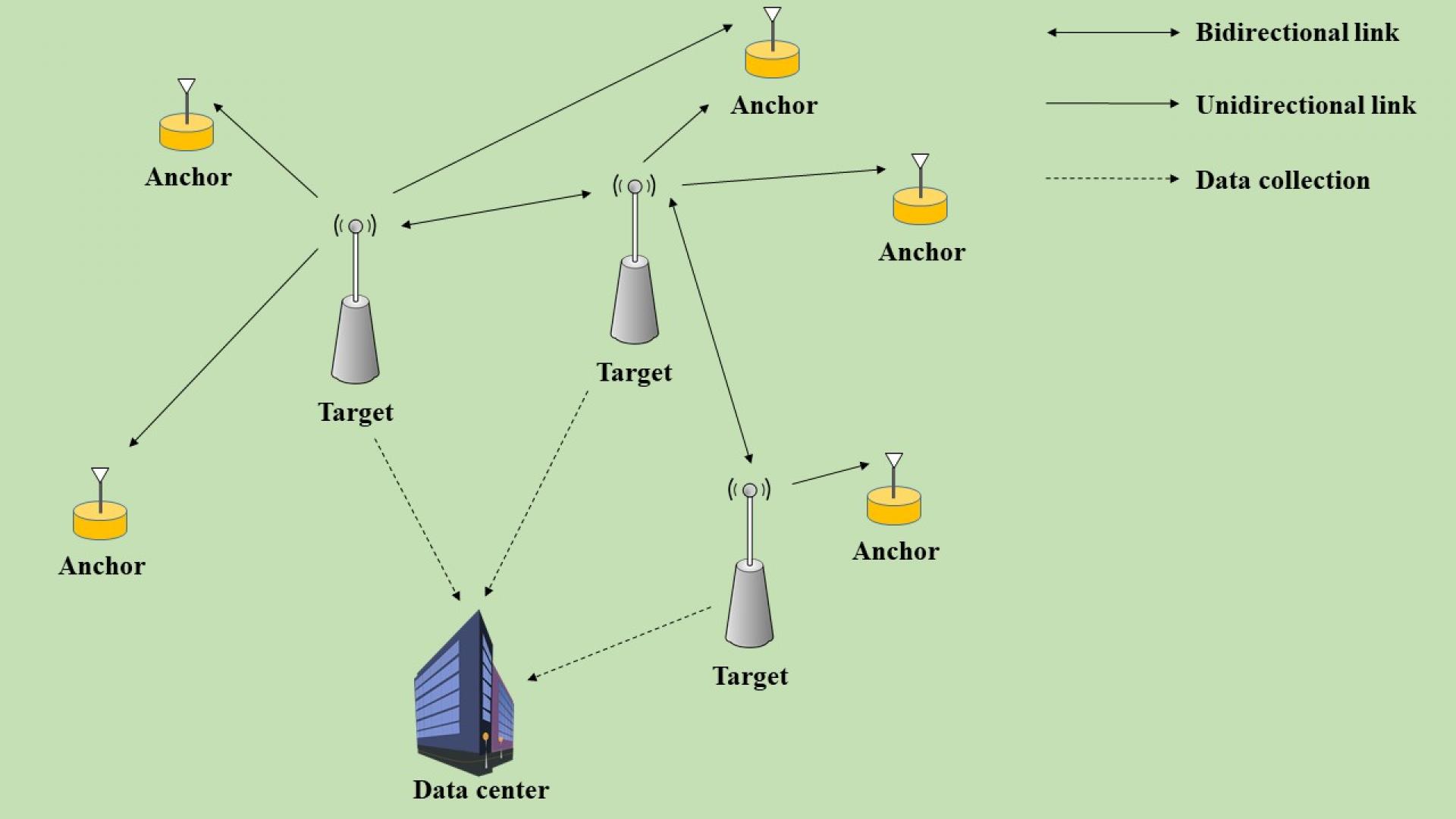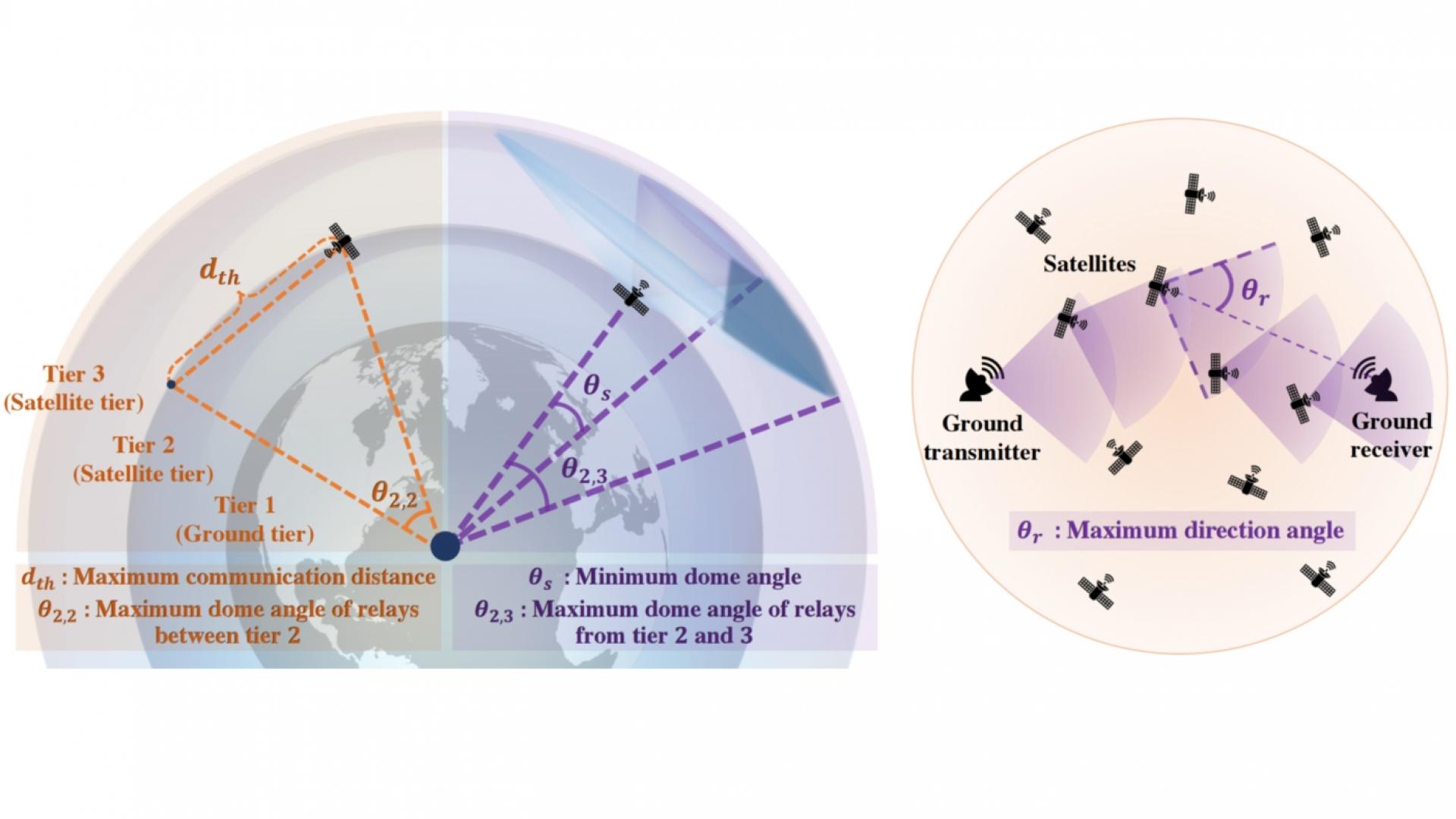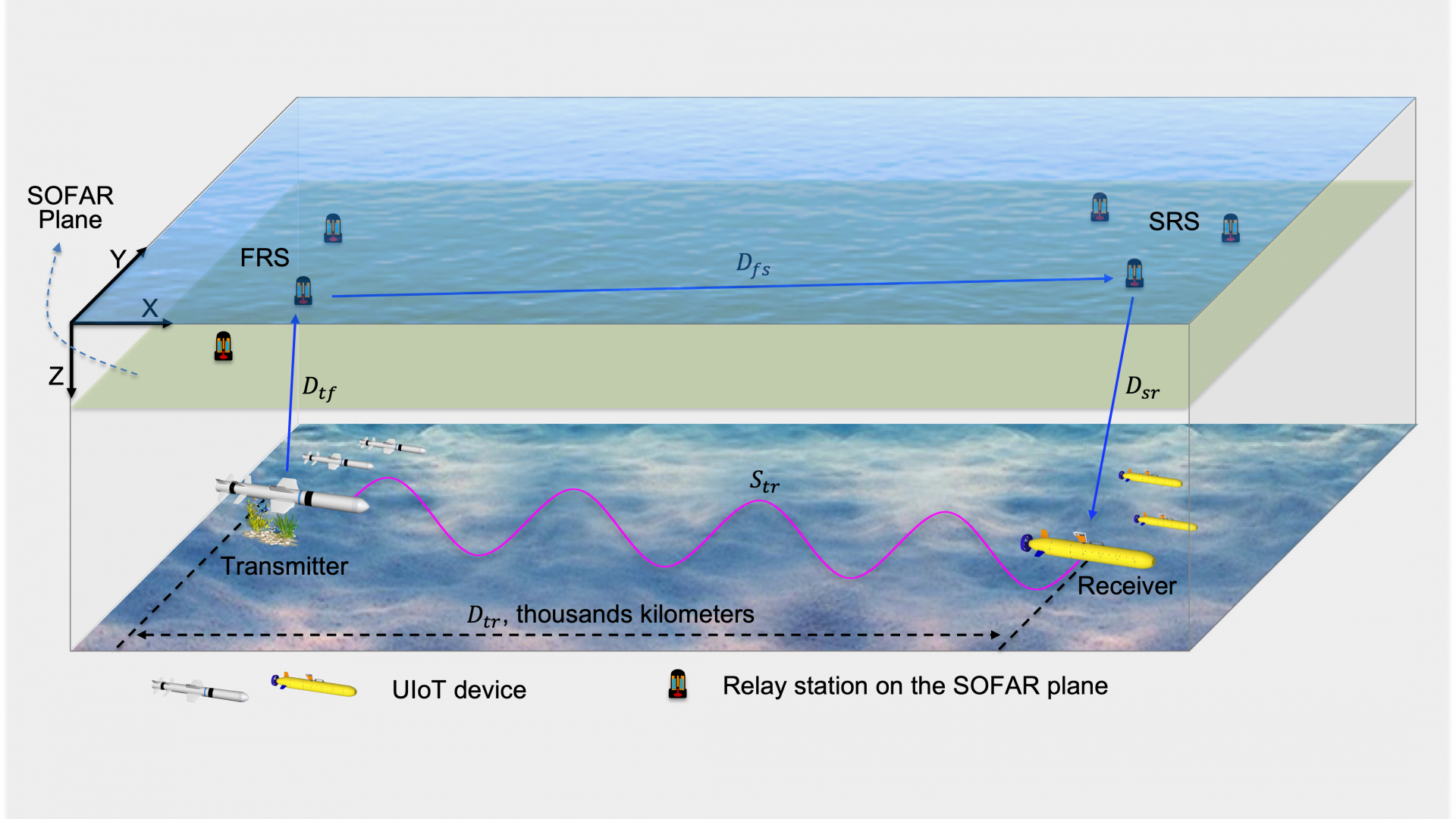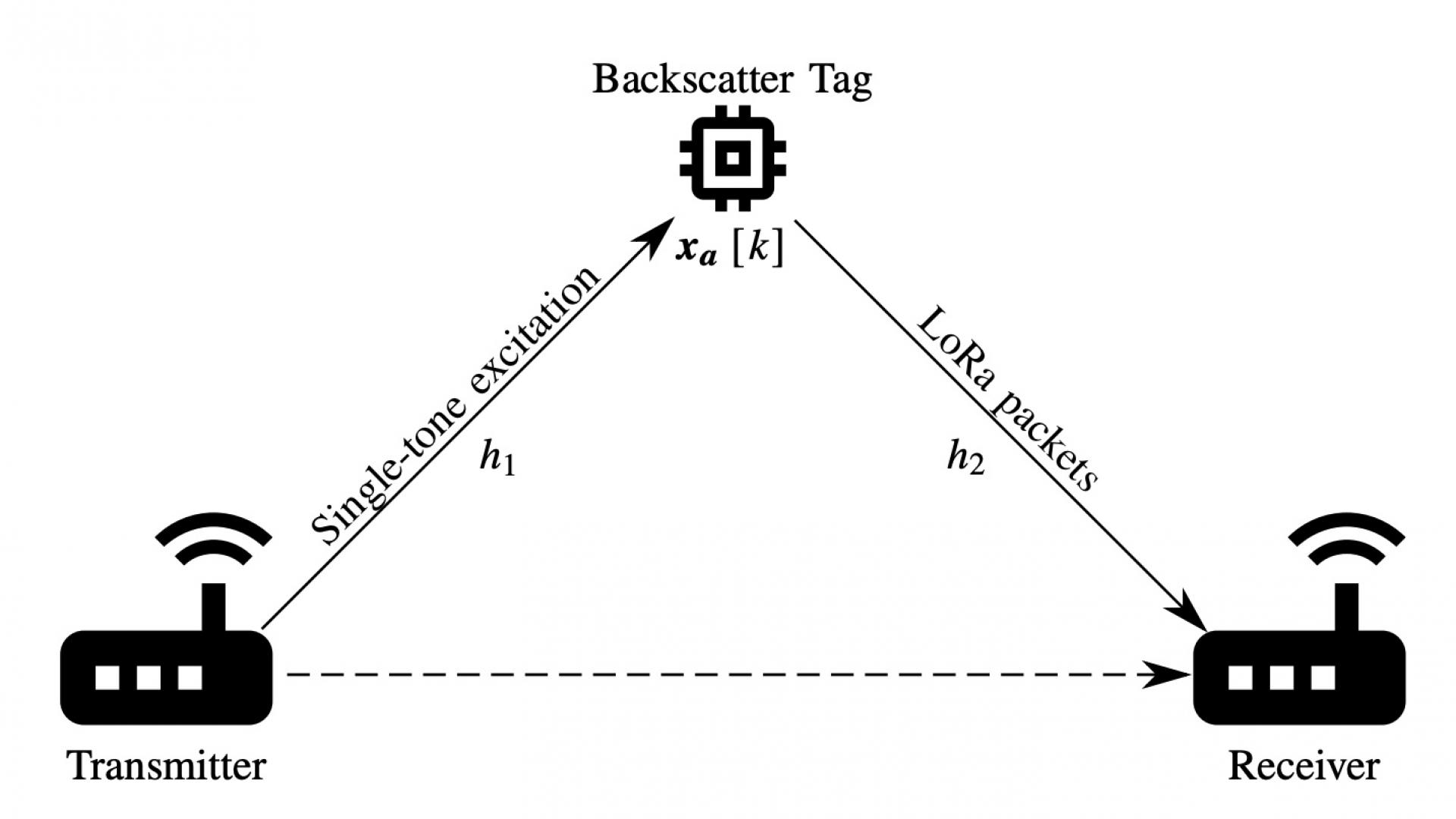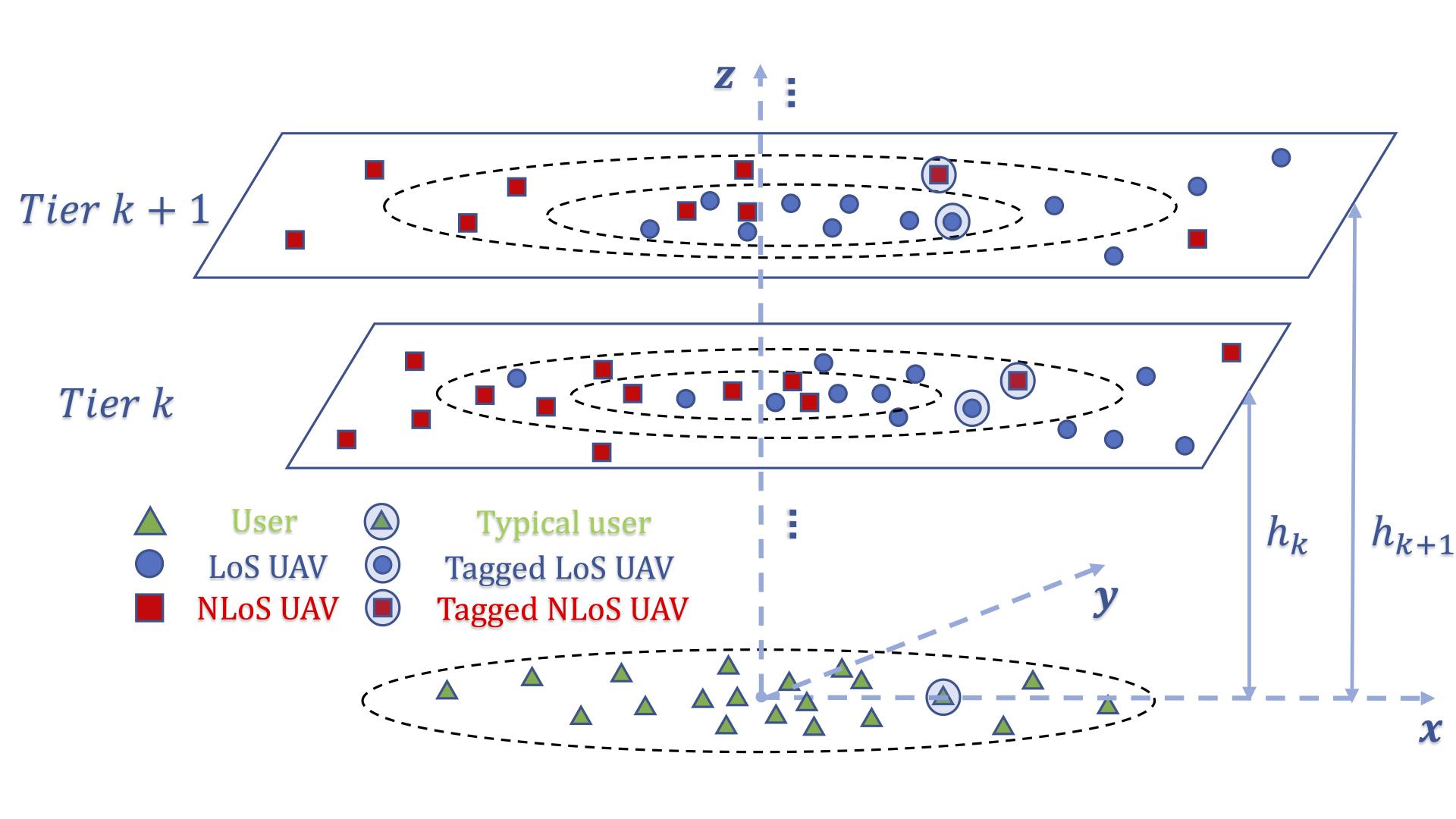KAUST is proud to announce that the Terragraph Connectivity Project coordinated by the KAUST Communication Theory Lab run by Prof.
Inequalities in global internet access reinforce differences in information and technology availability on country and local scales, compounding economic, political, and social inequality. The worst-hit places are rural and remote areas, where access is most limited.
In an effort to address the challenges associated with providing broadband Internet connectivity in rural and hard-to-reach areas, a team of researchers from the Communication Theory Lab (CTL) at KAUST, including Muneer M.
In a recent research initiative, a team of researchers from the Communication Theory Lab (CTL) at KAUST, including Safa Khemiri, Mustafa A.
Recently, optical satellite communication (OSC) has emerged as one of the most promising technology for the future-proofing of wireless communication (WC) with the capability to provide global coverage.
Dr. Baha Eddine Belmekki, a postdoctoral fellow in the Communication Theory Lab (CTL), participated in the Falling Walls Lab KAUST 2023 and won second place.
Recently, Graduate Affairs extended their congratulations to the winners of Falling Walls Lab KAUST 2023.
In the latest edition of IEEE Transactions on Wireless Communications, r
Recently, a team of researchers from KAUST, including Yingquan Li, Bodhibrata Mukhopadhyay, and Mohamed-Slim Alouini, introduced a new cooperative localization technique that increases localization efficiency in wireless sensor networks.
A team of researchers from the Communication Theory Lab (CTL) at KAUST, including Ruibo Wang, Mustafa A. Kishk, and Mohamed-Slim Alouini, has achieved a significant advancement in the field of communication networks.
The underwater long-distance wireless communication research of KAUST Ph.D.
LoRa backscatter (LB) communication systems can be considered as a potential candidate for ultra low power wide area networks (LPWAN) because of their low cost and low power consumption. In this paper, we comprehensively analyze LB modulation from various aspects, i.e., temporal, spectral, and error performance characteristics.
Using Unmanned Aerial Vehicles (UAVs) to enhance network coverage has proven a variety of benefits compared to terrestrial counterparts. One of the commonly used mathematical tools to model the locations of UAVs is stochastic geometry (SG).
